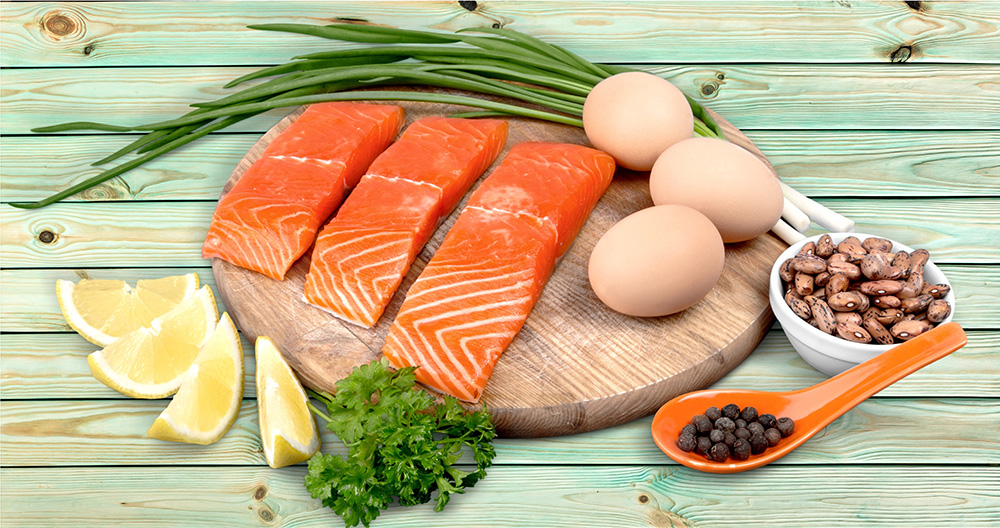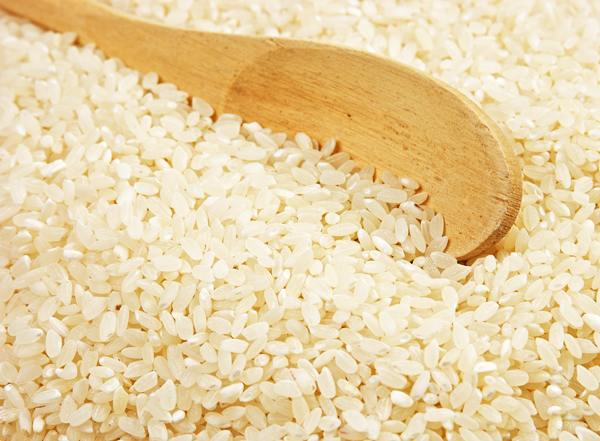About the Paleo Diet

The diet is based on the foods that could be hunted, fished, and gathered during the Paleolithic era — meat, fish, shellfish, eggs, tree nuts, vegetables, roots, fruits, and berries.
But a true paleolithic diet is impossible to mimic because wild game is not readily available, most modern plant food is cultivated rather than wild, and meats are domesticated.
At best, you can eat a modified version of the original diet that’s gluten-free and includes lean meat, organ meats, fish, poultry, eggs, vegetables, fruit, and nuts. It’s a wide variety of foods.
You won’t find any dairy, grains, sugar, legumes, potatoes, processed oils, and any foods that were grown after agriculture started.
On this diet, you’d skip salt and any drinks other than water, coconut water, or organic green tea.
You can satisfy your sweet tooth with raw honey or coconut palm sugar, but only in limited quantities.
Some versions of the plan encourage fasting, eating raw foods, and eliminating nightshade vegetables (tomatoes, eggplant).
Some plans allow a little flexibility, like adding some processed oils from fruits and nuts, such as olive and flaxseed oil.
The Caveman Diet: Food for Thought
A diet that includes whole, unprocessed foods is the basis of most all healthy diet recommendations. But so are whole grains, low-fat dairy, and legumes.
Including these food groups will help meet nutritional needs and contribute to a well-balanced diet plan. You can satisfy dietary requirements without these foods, but that requires careful planning and supplementation.
If the Paleo or Caveman diet appeals to you, be sure to supplement the plan with calcium and vitamin D.
Source: http://www.webmd.com/diet/features/diet-review-the-caveman-paleo-diet
Author: Liz B
Categories
- Age Spots
- Aging
- Alpha-Lipoic Acid
- Alzheimer's
- Anti-Depressants
- Anxiety
- Appreciating Healthy Food
- Articles/Excerpts
- Artificial Sweeteners
- Attachment
- Ayurveda
- Ayurvedic Teas
- Birth Control
- Bladder Infections
- Blueberries
- Books
- Breakfasts
- Breathing
- Brussels Sprouts
- Buddhism
- Caffeine
- Caregiving
- Coffee
- Consciousness
- CoQ10
- Creative
- Creativity
- Death
- Depression
- Detox
- Detoxify
- Diets
- Digestive Issues
- Eating Raw
- Emotions
- Entrepreneurship
- Essential Oils
- Events
- Fear
- Folate
- Fruit
- GAPS Diet
- General
- Genetics
- Glycemic Index
- Grains
- Health
- Herbs
- Hiking
- Hmong Recipes
- Home Remedies
- Identity
- Infections
- Insights
- Intuition
- Juicing
- Lifestyle
- Love
- Love
- Low-Carb
- Low-Carb Cookin'
- Magnesium
- Mediterranean Diet
- Mental Health
- Metabolism
- Mindfulness and Meditation
- Obesity
- Omega-3 Fatty Acids
- Out of Body Experiences
- Parents
- Phoenix Europa
- Physical Fitness
- Phytonutrients
- Poetry
- Probiotics
- Products I Recommend
- Protein Powders
- Protein Powders
- Q&A
- Quinoa
- Quotes
- Recipes
- Recipes
- Reflections
- Relationships
- Salads
- Seeds
- Self-Improvement
- Side Dishes
- Skin Care
- Sleep
- Slider
- Smoothies
- Social
- Soups
- Spirituality
- Supplements
- T-Shirts
- Tech
- Teenage Years
- Teeth
- The Paleo Diet
- Thoughts and Reflection
- Toothpastes
- Travel
- Twin Flames
- Ubiquinol
- Uncategorized
- Under 20 mins
- Using a Pressure Cooker
- Vegetables
- Vitamin E
- Vitamins
- Wisdom
- Women
- World
- Writing


